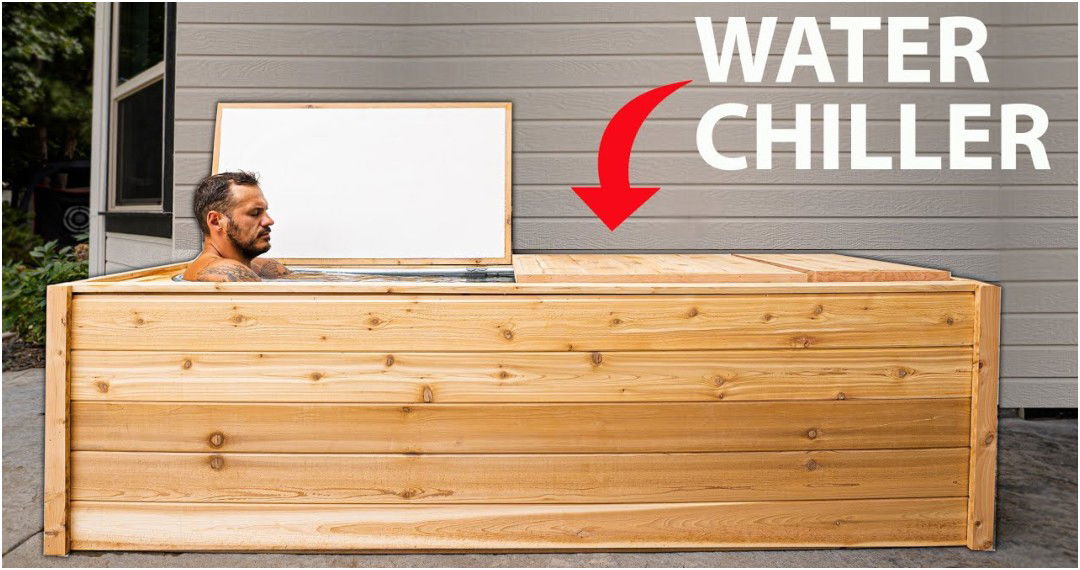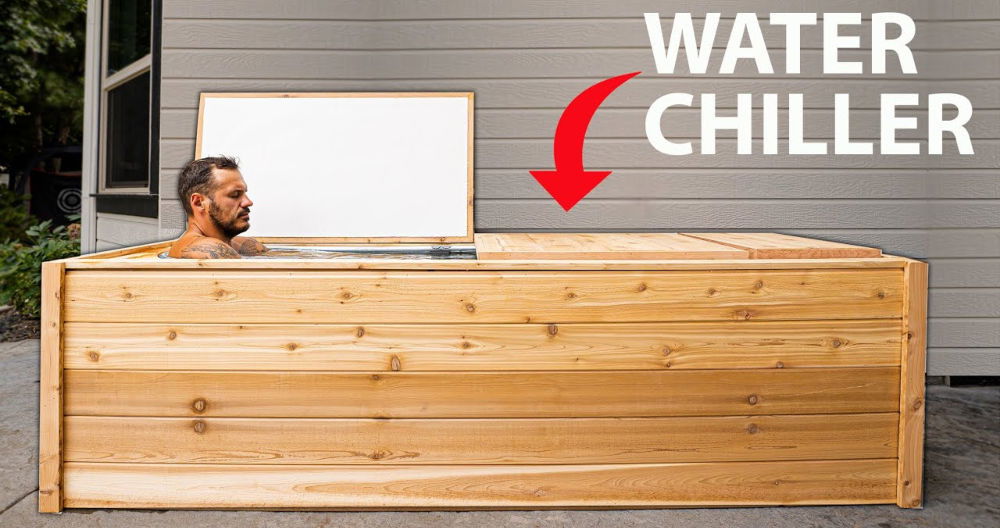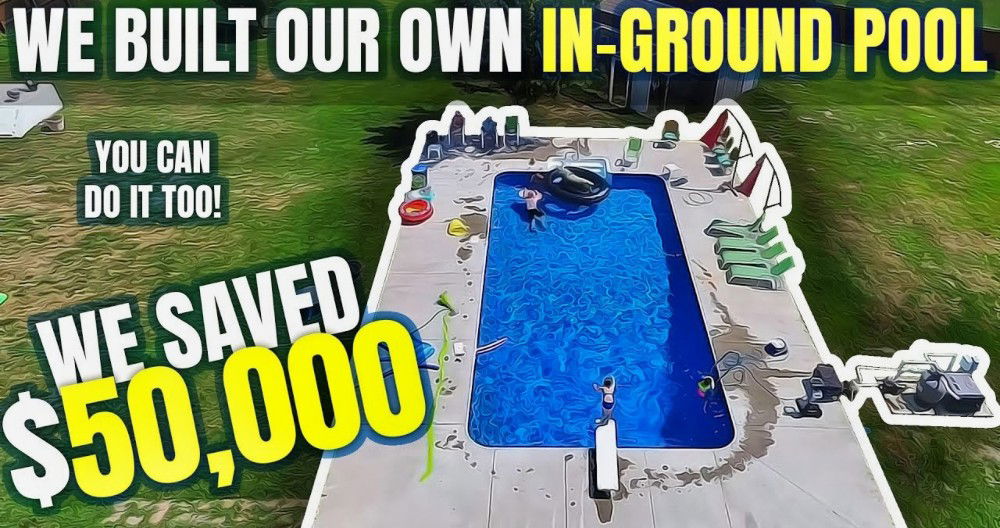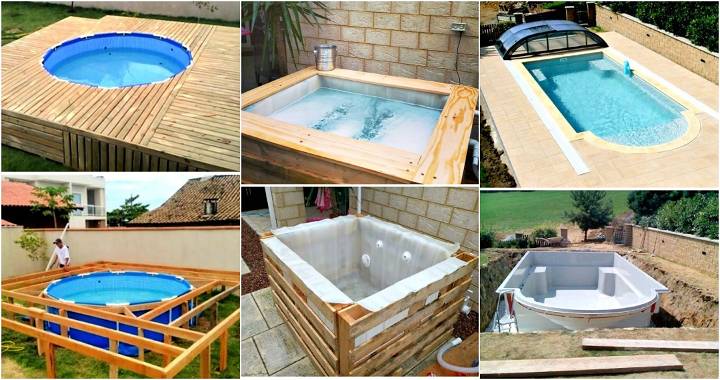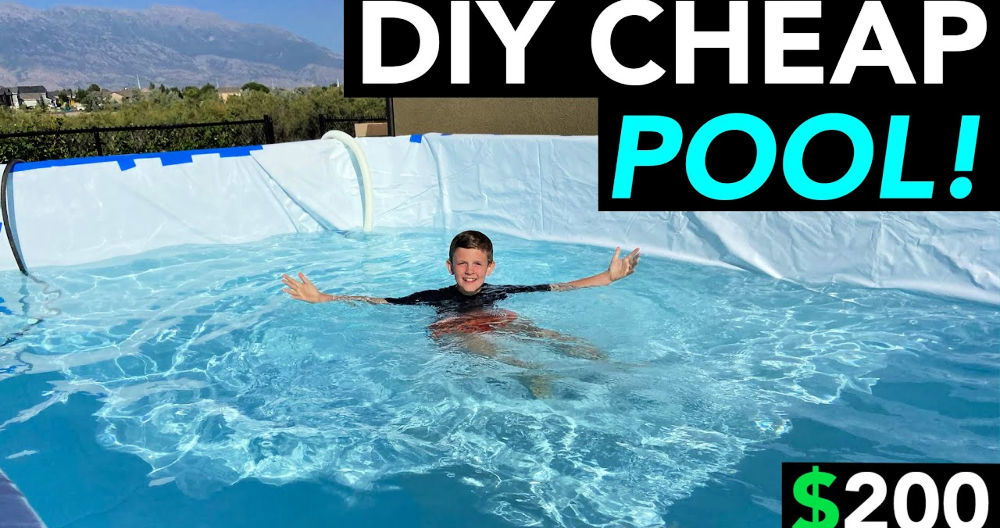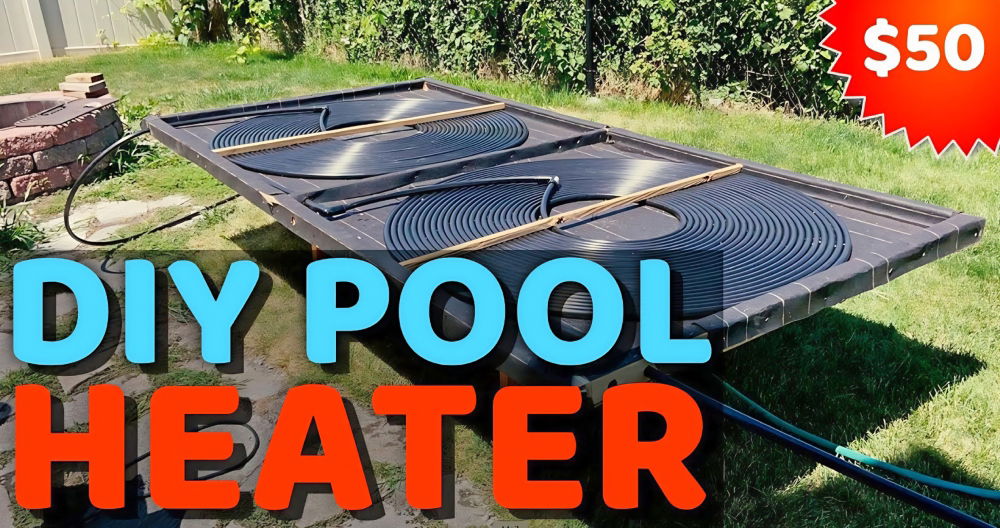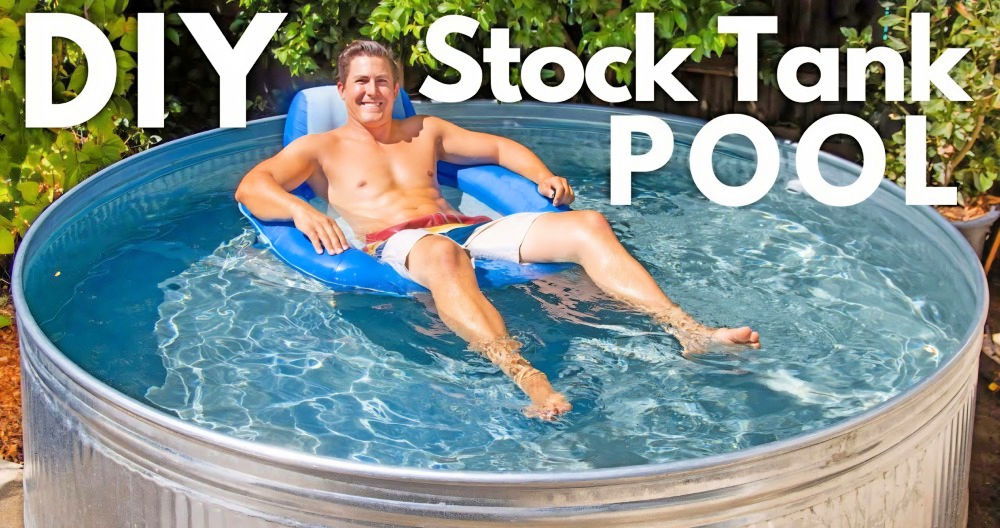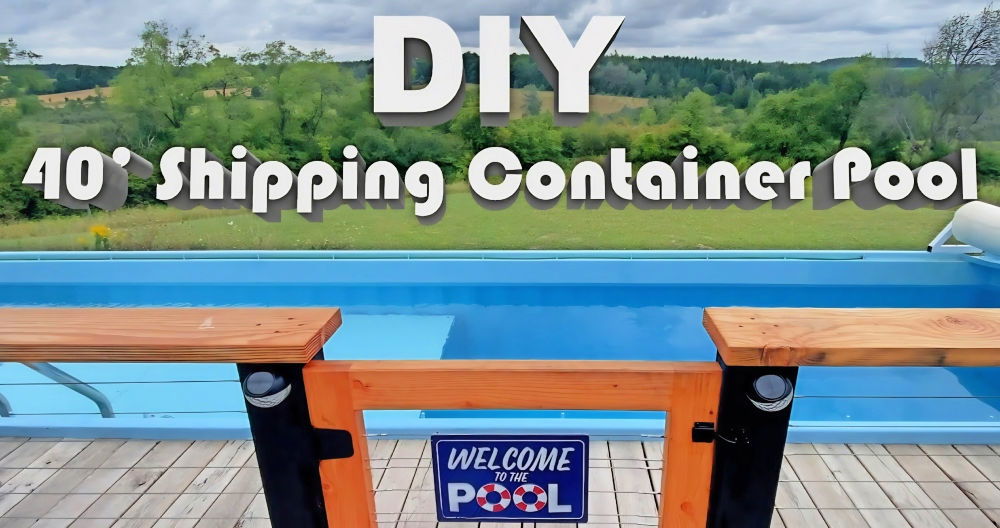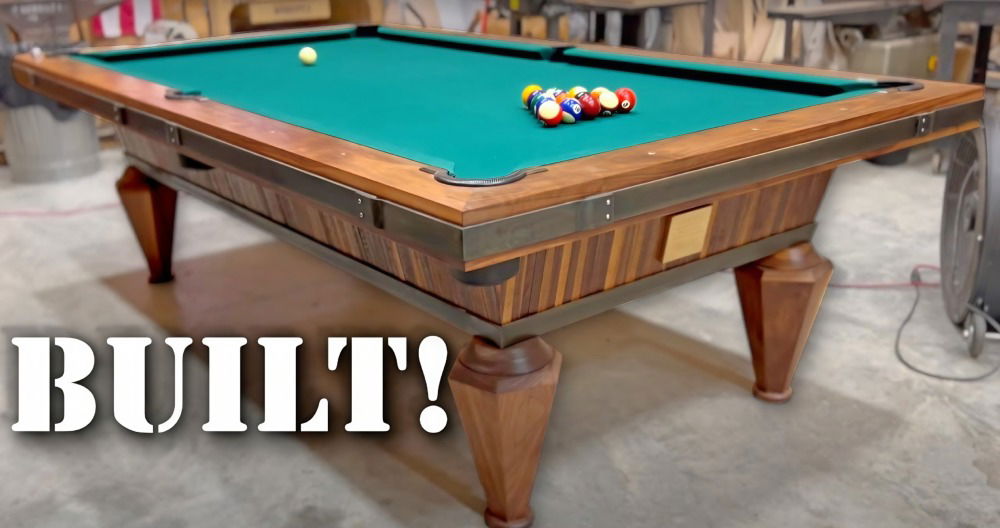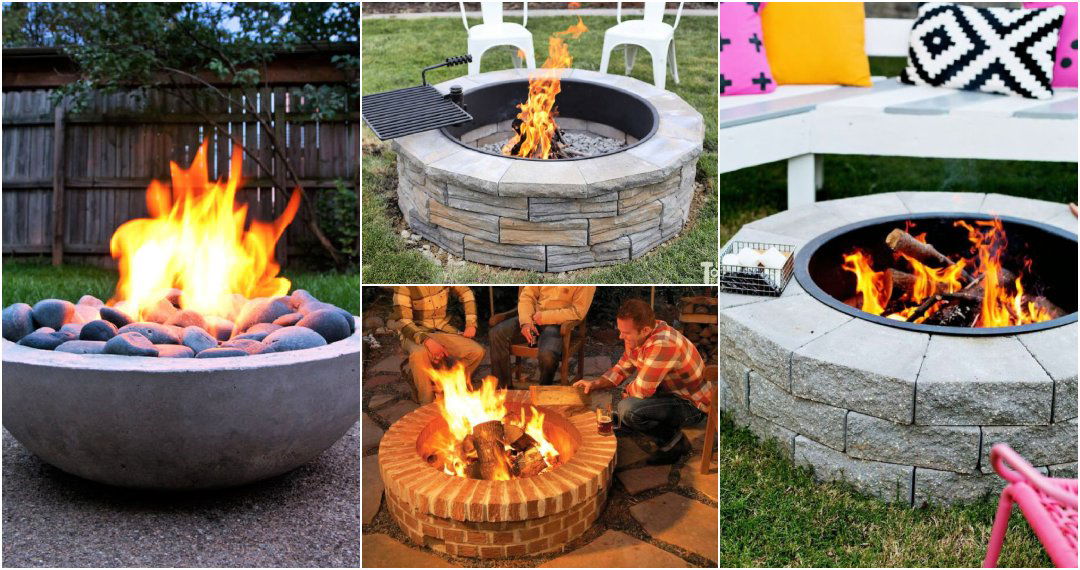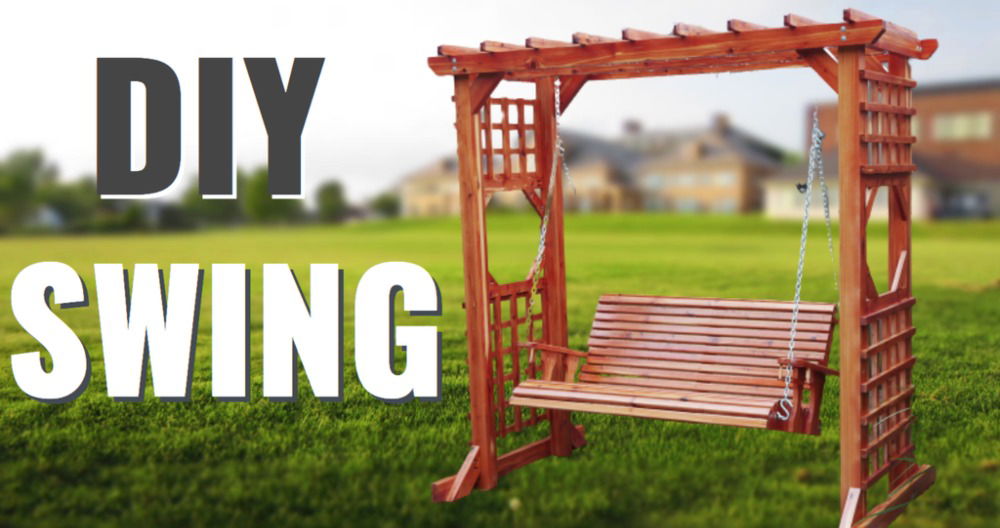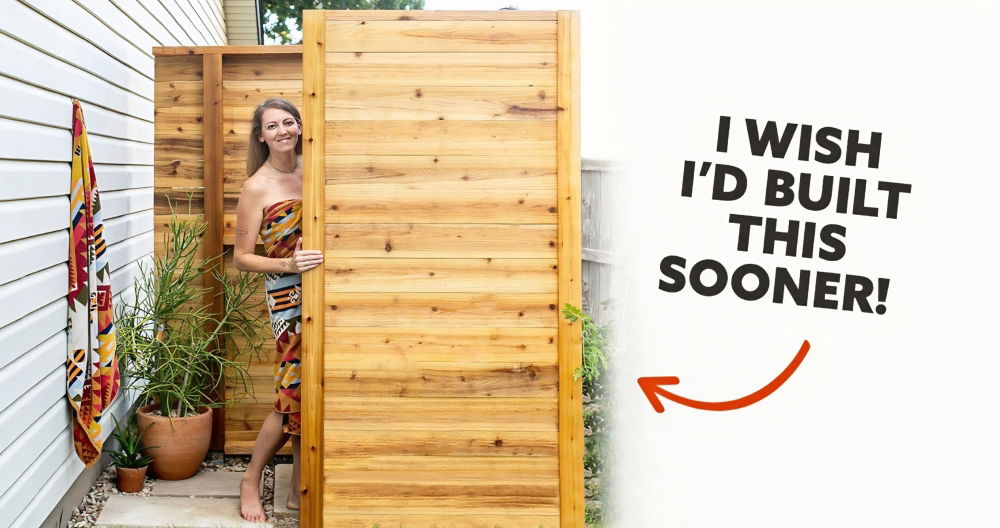Making your own DIY plunge pool in the backyard is an exciting project that can bring endless hours of relaxation and enjoyment. Not only does it allow you to cool off during hot days, but it also adds a stunning feature to your outdoor space. This guide outlines everything you need to know, from understanding local regulations and choosing the right materials to comprehensive planning and budgeting insights. We aim to make the process as smooth and stress-free as possible, with helpful tips for every step of the way.
Starting with a comprehensive planning guide, we'll cover key areas like assessing your space, design considerations, and navigating permits and safety standards. From there, we dive into budgeting advice, including how to estimate costs and uncover potential hidden expenses. The step-by-step guide on how to build a plunge pool brings the dream within reach, detailing everything from the initial design to the final operational checks. Ready to transform your backyard?
Let's embark on this rewarding project together, infusing both beauty and value into your home.
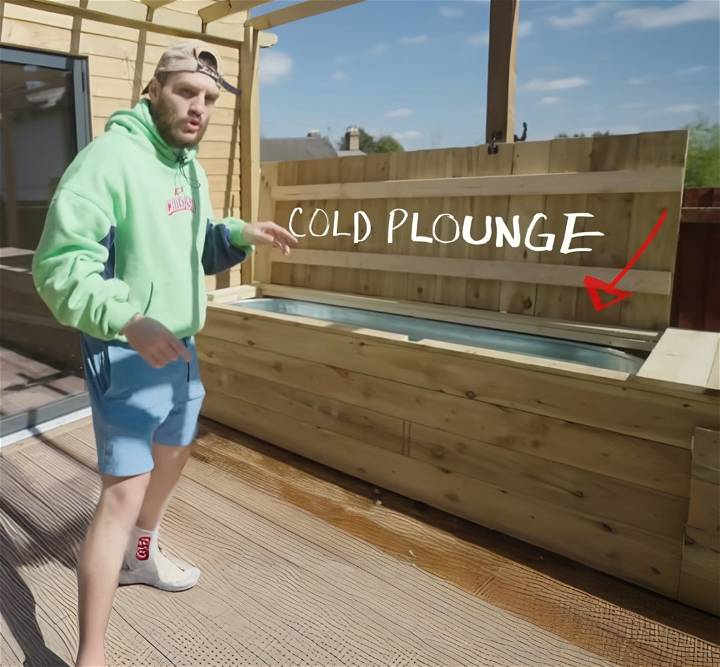
Comprehensive Planning Guide
Learn how to assess your space, choose materials, and consider design elements with our comprehensive planning guide below:
Assessing Your Space and Design
Before diving into building your plunge pool, it's crucial to assess the space available in your backyard. Measure the area and consider how the pool will integrate with your existing landscape. Remember, a plunge pool is typically smaller than a standard pool, making it a versatile option for different yard sizes.
Choosing Materials
Select materials that are durable and suitable for your climate. Common choices include concrete, fiberglass, and vinyl. Each material has its pros and cons, so weigh them carefully.
Design Considerations
Think about the shape and depth of your pool. While plunge pools are generally compact, they can be customized to fit the aesthetics of your space. Also, consider adding features like benches or jets for relaxation.
Permit and Regulations Overview
Learn about permits and regulations overview, as well as understand local laws and safety standards. Stay compliant with the latest legal requirements.
Understanding Local Laws
Before starting your project, check with your local authorities about the necessary permits. Regulations vary by location, and it's essential to comply to avoid fines or legal issues.
Safety Standards
Ensure your design meets safety standards, which may include barriers or fencing around the pool area. These regulations are in place to prevent accidents and are especially important if you have children or pets.
Budgeting and Cost Analysis
Learn about budgeting, cost analysis, estimating costs, potential savings, and hidden expenses below:
Estimating Costs
Building a DIY plunge pool can range from affordable to quite costly, depending on your choices. It's important to build a budget that includes all aspects of the build, from materials to any professional services you might need.
Potential Savings
One of the benefits of a DIY project is the potential to save on labor costs. However, don't compromise on quality or safety to save money. It's better to invest in a well-built pool that will last for years.
Hidden Expenses
Be aware of hidden costs, such as maintenance and running expenses. These can add up, so include them in your budget planning.
How to Make a Plunge Pool - Step by Step
Learn how to make a plunge pool step by step with our comprehensive guide below:
Materials and Tools Required
- Container for Water: A large container like a horse trough can work perfectly. Aim to find one at a bargain, possibly from online marketplaces.
- Chiller: Needed to maintain the water temperature; chillers can be expensive. Look for secondhand options online.
- Water Pump: Essential for circulating water through the chiller and back into the pool.
- Timber: For the frame of the ice bath and exterior decoration. Opt for sturdy yet inexpensive options.
- Screws, Insulation, and Other Accessories: To assemble and insulate the pool structure effectively.
Learn how to make a plunge pool with these easy steps:
1. Designing the Frame
- Start by building a supportive timber frame for the container. The frame should be robust to hold the weight and complement the deck or yard aesthetics.
- Plan a timber framework that includes support beams and insulation to minimize heat loss, making the chiller more efficient.
2. Assembling the Frame
- Make a wooden rectangle as the base of your framework, ensuring it snugly fits around the trough and chiller.
- Install insulation between support beams to enhance thermal retention.
3. Finishing Touches on Frame
- Once the basic structure is in place, cover the exterior with aesthetically pleasing wooden planks for a premium look. This enhances the pool's appearance while keeping costs low.
4. Installing the Chiller and Pump
- Integrate the chiller and water pump within the setup, ensuring they are correctly connected for efficient water circulation. The pump will move water from the trough to the chiller and back, maintaining a crisp temperature.
5. Adding Insulation and Exterior Panels
- Install additional insulation if necessary and finalize the outer panels. Ensure the plunge pool aligns with your garden's aesthetic while remaining functional.
Operational Checks and Maintenance
- Ensure all fittings are securely sealed and check for leaks.
- Regularly inspect the chiller and pump for optimal performance.
- Maintain clean water to prevent any health issues.
Video Tutorial
For a more detailed visual guide, watch the step-by-step video tutorial on Jay Swingler's YouTube channel here.
It pairs exceptionally well with this written guide, enriching your understanding with a demonstrative approach that encapsulates the process succinctly.
Making a plunge pool on a budget is possible with creativity, the correct materials, and some hard work. Customize the project to match your space and style for a seamless addition to your outdoor area. Enjoy the process and the end result!
Customization Ideas for Your DIY Plunge Pool
Enhancing your plunge pool with personalized features can turn a simple backyard feature into a luxurious retreat. Here are some ideas to customize your plunge pool:
Water Features
Adding a water feature such as a fountain or waterfall can build a serene atmosphere. The sound of flowing water is not only relaxing but can also serve as a natural soundtrack for your outdoor space.
Lighting
Incorporate lighting to extend the use of your plunge pool into the evening. LED lights are energy-efficient and can be installed underwater or around the pool area to build a magical ambiance.
Fire Features
For a dramatic effect, consider adding a fire feature near your plunge pool. A fire pit or bowl can provide warmth on cooler nights and add an inviting glow to your pool area.
Landscaping
Landscaping around your plunge pool can enhance its beauty and provide privacy. Use plants that complement the pool design and are easy to maintain.
Seating and Lounging Areas
Make a comfortable space for relaxation by adding seating around your plunge pool. Lounge chairs or built-in benches can provide a place to unwind after a dip.
Sliding Covers
A sliding cover can be both practical and stylish. It protects your pool when not in use and can double as a deck, maximizing your backyard space.
Customizing your plunge pool will reflect your style and be a focal point in your backyard. Consider your outdoor space's design for a cohesive look.
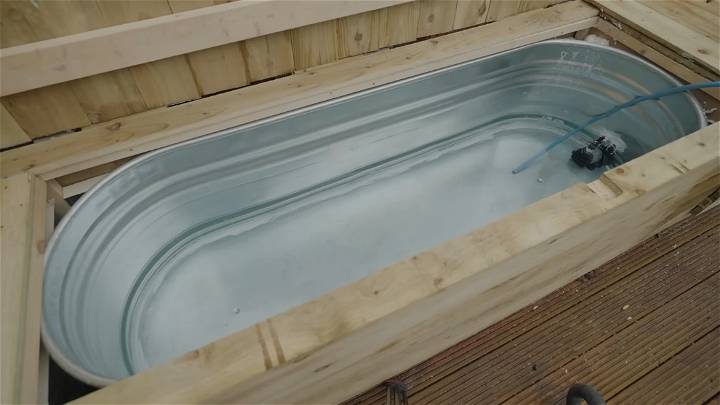
Maintenance and Upkeep
Maintaining your DIY plunge pool is essential for ensuring a safe and enjoyable experience. Here's how to keep your pool in top condition:
Regular Cleaning
Skim the surface daily to remove leaves and other debris. Vacuum the pool floor weekly to prevent dirt from accumulating.
Water Chemistry
Test the water regularly to maintain the correct pH levels and sanitizer concentrations. This helps prevent algae growth and keeps the water clear.
Seasonal Care
In colder months, cover your pool to protect it from the elements. During the swimming season, check the filter and pump more frequently due to increased use.
Eco-Friendly Options
Embrace sustainability with these eco-friendly features for your plunge pool:
Solar Heating
Install solar panels to heat your pool using renewable energy. This can significantly reduce operating costs and is better for the environment.
Natural Filtration
Consider a natural filtration system that uses plants and sand to clean the water without harsh chemicals, providing excellent water quality and making a habitat for wildlife.
Sustainable Materials
Choose sustainable materials for construction and decking to minimize the environmental impact of your pool.
By following these tips, you can enjoy your plunge pool while also being mindful of maintenance and the environment.
Troubleshooting Common Issues
When embarking on a DIY plunge pool project, you may encounter a few common issues. Here's how to address them effectively:
Pool Liner or Cover Tears and Holes
If you find tears or holes in your pool liner or cover, patch kits are available that are specifically designed for pool repairs. These kits usually include a piece of vinyl that you cut to size and an adhesive that is suitable for underwater use.
Concrete Pool Leaks
For leaks in a concrete pool, first, identify the source of the leak. Small cracks can be repaired with a patching compound, while larger issues may require more extensive repairs.
Clogged Lines or Skimmer
Clogged lines can often be cleared with a plumber's snake or by backwashing the system. If your skimmer is clogged, it's usually due to debris. Clean it out regularly to prevent blockages.
Cloudy Water
Cloudy water can be caused by a variety of factors, including improper chemical balance, filtration issues, or debris. Test your water regularly and adjust chemicals as needed. Ensure your filter is clean and functioning properly.
Algae Growth
Algae can be prevented with regular maintenance and proper chemical balance. If algae do appear, use an algaecide and brush the walls and floor of the pool before vacuuming.
By staying vigilant and addressing these common issues promptly, you can enjoy a clean and functional DIY plunge pool for years to come.
FAQs About DIY Plunge Pools
Discover the answers to all your FAQs about DIY plunge pools in this comprehensive guide. Get expert tips and advice for building your own backyard oasis.
What is a DIY plunge pool?
A DIY plunge pool is a small, self-contained swimming pool designed for cooling off, relaxation, or therapy that you can build in your backyard.
Can I build a plunge pool myself?
Yes, if you have a good understanding of construction, plumbing, and electrical work, you can build a plunge pool. However, it's important to assess your skills and the complexity of the project before starting.
How much does it cost to build a DIY plunge pool?
The cost varies based on size, materials, and whether you do it yourself or hire professionals. It can range from a few hundred to several thousand dollars.
Do I need a permit to build a plunge pool?
Most likely, yes. Check with your local authorities to understand the regulations and obtain the necessary permits.
How big should my plunge pool be?
Consider the available space, how many people will use it, and your budget. Plunge pools are typically smaller than standard pools.
What materials do I need for a plunge pool?
Common materials include concrete, fiberglass, or vinyl, along with plumbing and electrical supplies.
How do I maintain my plunge pool?
Regular cleaning, maintaining water chemistry, and seasonal preparations like covering the pool in winter are key to upkeep.
Can plunge pools have heating or cooling systems?
Yes, you can install heaters or chillers to maintain a comfortable water temperature year-round.
Are there eco-friendly options for plunge pools?
Absolutely. Options like solar heating, natural filtration systems, and sustainable materials can make your pool more eco-friendly.
What are the benefits of a plunge pool?
Plunge pools are great for relaxation, can fit in smaller spaces, and are generally less expensive than full-sized pools.
Conclusion:
In conclusion, building a DIY plunge pool in your backyard represents an incredible opportunity to elevate your outdoor space on your terms. From the initial steps of assessing your space and design to the more intricate processes of choosing materials and design considerations, this guide aims to walk you through every phase of crafting the perfect backyard addition.
Understanding permits and regulations, careful budgeting and cost analysis, and following a detailed step-by-step guide ensures your plunge pool not only meets expectations but surpasses them. Beyond construction, we explored various customization ideas to enhance your pool and maintenance tips to ensure its longevity. As you embark on this rewarding project, remember that the ultimate goal is to build a personal oasis that reflects your style and delivers endless enjoyment. Happy building!


